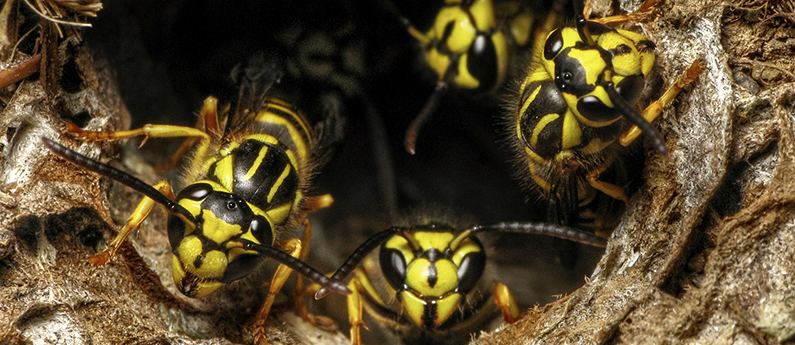 Sadly, the news stories seem to repeat every September. After a week or so of being back in school, a group of school-age children is outside playing at recess and some of them are stung. Or a woman is harvesting tomatoes from her garden and disturbs an underground yellowjacket nest. Or a dad is cutting the grass, mows over a nest opening, and is stung multiple times.
Sadly, the news stories seem to repeat every September. After a week or so of being back in school, a group of school-age children is outside playing at recess and some of them are stung. Or a woman is harvesting tomatoes from her garden and disturbs an underground yellowjacket nest. Or a dad is cutting the grass, mows over a nest opening, and is stung multiple times.
Why do most yellowjacket stings happen in the fall?
1. Their nests are super-sized. Yellowjackets are already highly defensive of their nests, and will attack any potential or perceived threat by swarming, stinging and biting. They post a guard at the nest entrance who will sound the alarm if an attack is deemed necessary. Yellowjacket nests reach maximum size late in the season. So the sheer size of the nest once fall comes around -- as many as 5,000 yellowjacket workers -- makes their presence much more dangerous.
 2. They are HANGRY. Hunger can turn humans cranky and irritable, and in this sense, yellowjackets aren't all that different. Fall is the time that yellowjackets' food sources start drying up and they become desperate. The workers are in search of a sugar high for energy, and will often go after sweet sodas and fermenting fruit. This is why you'll see them around trash cans at the County Fair, or the beverages at your Saturday afternoon tailgate party.
2. They are HANGRY. Hunger can turn humans cranky and irritable, and in this sense, yellowjackets aren't all that different. Fall is the time that yellowjackets' food sources start drying up and they become desperate. The workers are in search of a sugar high for energy, and will often go after sweet sodas and fermenting fruit. This is why you'll see them around trash cans at the County Fair, or the beverages at your Saturday afternoon tailgate party.
3. They are in survival mode. Yellowjackets in fall are less concerned about nourishment and building materials for the nest, and much more focused on their own survival of the fittest. They are social insects, but that social structure takes a dramatic turn as the season ends. The queen yellowjacket dies at the end of the season, while the new queens emerge and mate with the males. Each of these fertilized queens is on her own and must look for her own place to hunker down for the winter.
A single yellowjacket or wasp sting can cause a life-threatening reaction in a person who is allergic, so it's important not to neglect stinging insect control in early fall. Use RESCUE! Yellowjacket Traps or W·H·Y® Traps with fresh attractant (or the RESCUE! Disposable Yellowjacket Trap, which simply takes water) in your yard to catch yellowjackets when they forage for food, and use the Yellowjacket Repellent GoClip® attached to your clothing when you're on the move.
Where to buy RESCUE! Yellowjacket Traps and Repellents


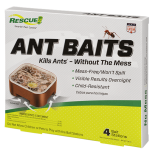 Ant Baits
Ant Baits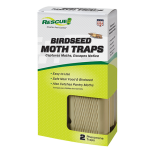 Birdseed Moth Trap
Birdseed Moth Trap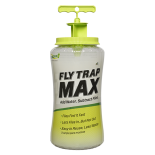 Fly Trap Max
Fly Trap Max Fly Trap, Big Bag
Fly Trap, Big Bag 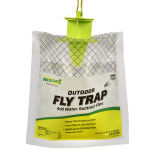 Fly Trap, Disposable
Fly Trap, Disposable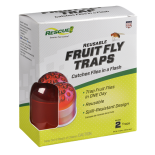 Fly Trap, Fruit Fly
Fly Trap, Fruit Fly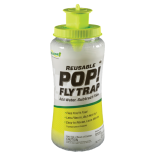 Fly Trap, POP! Fly
Fly Trap, POP! Fly 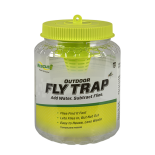 Fly Trap, Reusable
Fly Trap, Reusable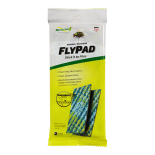 FlyPad
FlyPad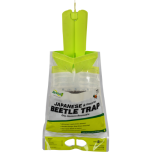 Japanese & Oriental Beetle Trap
Japanese & Oriental Beetle Trap Spider Trap
Spider Trap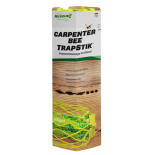 TrapStik, Carpenter Bee
TrapStik, Carpenter Bee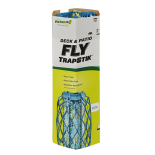 TrapStik, Deck & Patio Fly
TrapStik, Deck & Patio Fly 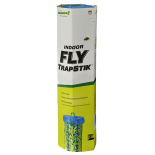 TrapStik, Indoor Fly
TrapStik, Indoor Fly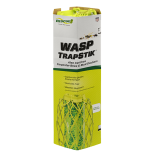 TrapStik, Wasp
TrapStik, Wasp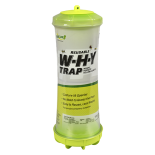 W·H·Y Trap for Wasps, Hornets & Yellowjackets
W·H·Y Trap for Wasps, Hornets & Yellowjackets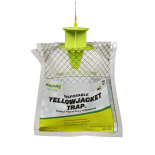 Yellowjacket Trap, Disposable
Yellowjacket Trap, Disposable 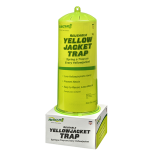 Yellowjacket Trap, Reusable
Yellowjacket Trap, Reusable 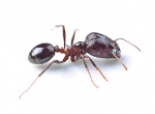 Ants
Ants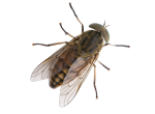 Biting Flies
Biting Flies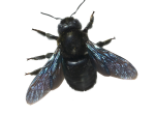 Carpenter Bees
Carpenter Bees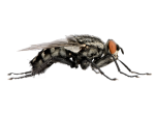 Flies
Flies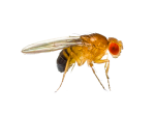 Fruit Flies
Fruit Flies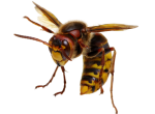 Hornets
Hornets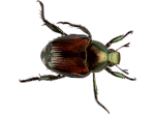 Japanese Beetles
Japanese Beetles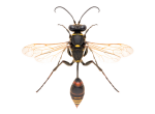 Mud Daubers
Mud Daubers Oriental Beetles
Oriental Beetles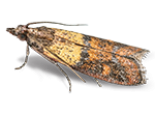 Birdseed & Pantry Moths
Birdseed & Pantry Moths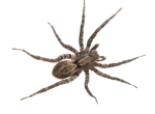 Spiders
Spiders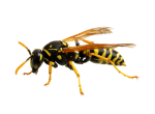 Wasps
Wasps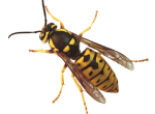 Yellowjackets
Yellowjackets